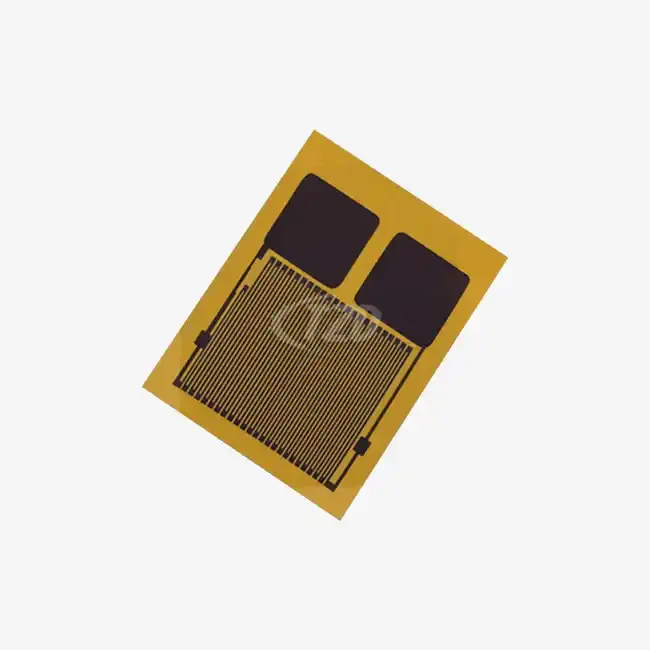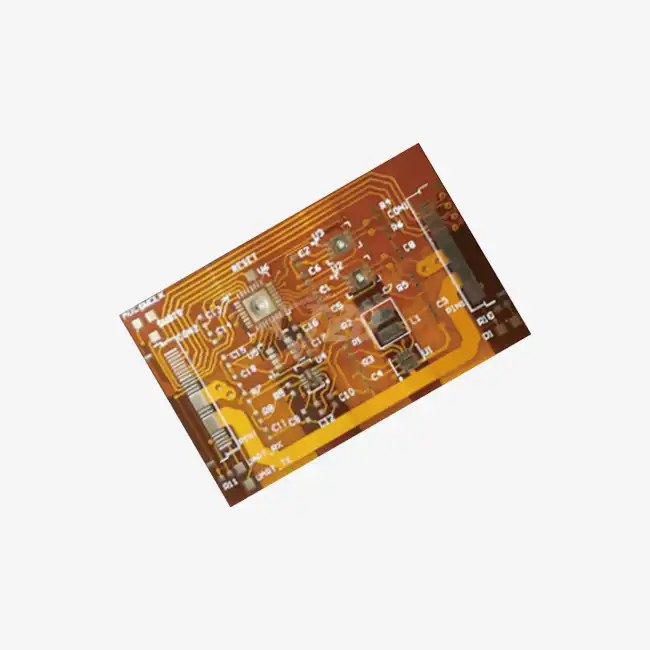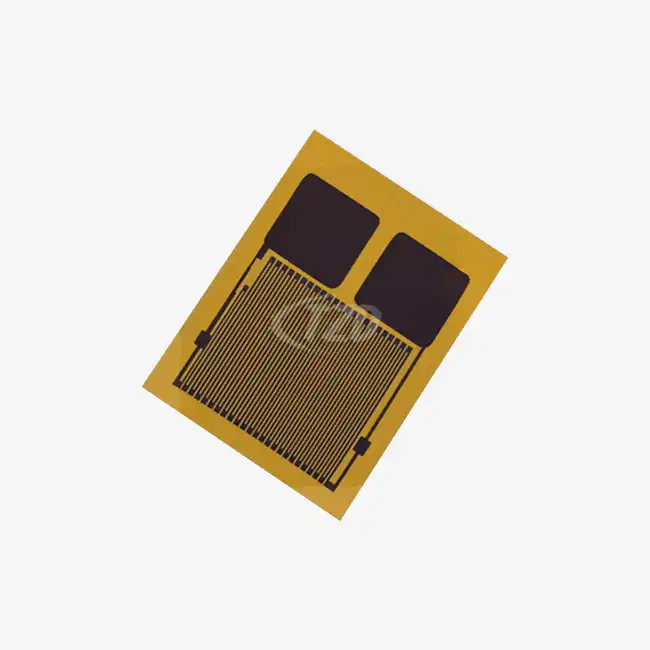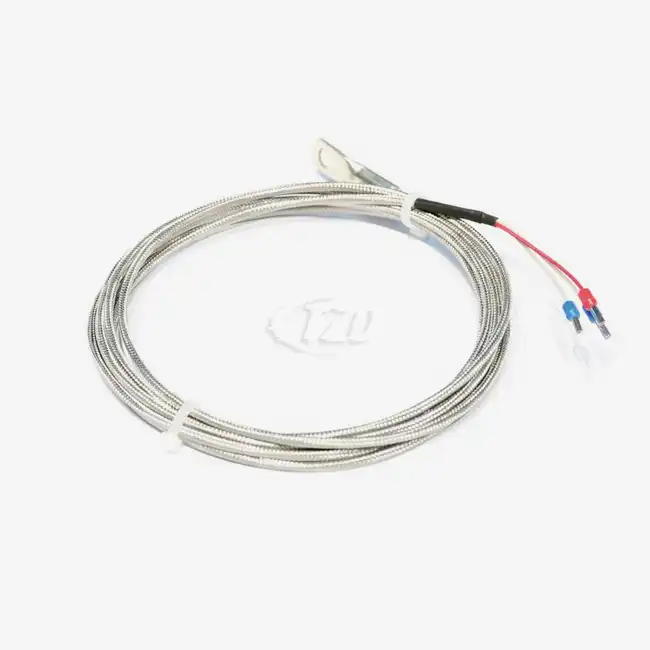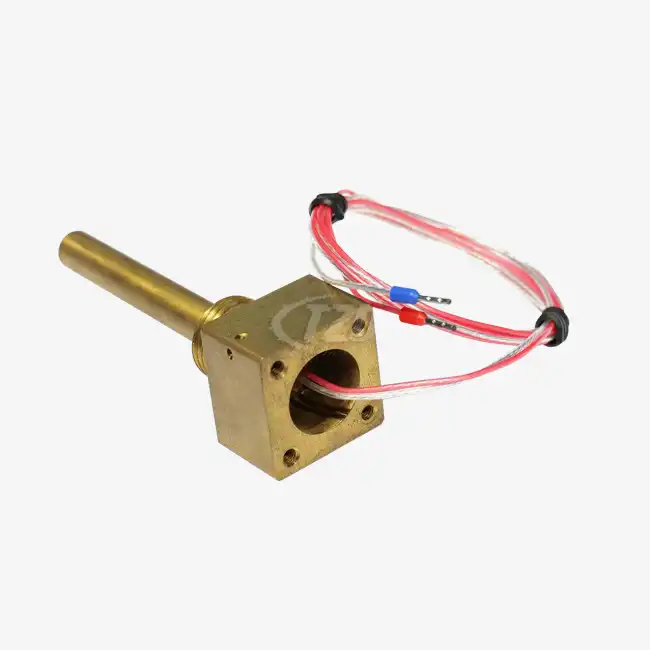Understanding the Fundamentals of Temperature Sensors
Temperature sensors play a vital part in various businesses, from fabricating to healthcare. These gadgets change over temperature readings into electrical signals, permitting for exact checking and control of warm conditions. The choice of sensor depends on factors such as temperature range, accuracy requirements, response time, and environmental conditions.
Thermocouples: Versatile and Wide-Range Sensors
Thermocouples are among the most broadly utilized temperature sensors due to their effortlessness and wide temperature run. They consist of two dissimilar metal wires joined at one end, creating a junction that produces a small voltage in response to temperature changes. Thermocouples can measure temperatures from -270°C to over 2000°C, making them suitable for extreme environments such as industrial furnaces and aerospace applications.
Resistance Temperature Detectors (RTDs): Precision and Stability
RTDs offer high accuracy and stability, making them ideal for applications requiring precise temperature measurements. These sensors utilize the principle that electrical resistance in certain materials changes with temperature. Platinum is commonly used in RTDs due to its linear resistance-temperature relationship. RTDs can measure temperatures from -200°C to 850°C with accuracies as high as ±0.01°C.
Thermistors: Sensitive and Cost-Effective
Thermistors are semiconductor-based sensors that exhibit a large change in resistance with small temperature variations. This high sensitivity makes them excellent for applications requiring precise temperature control within a narrow range. Thermistors are available in two types: Negative Temperature Coefficient (NTC) and Positive Temperature Coefficient (PTC). They are commonly utilized in automotive systems, HVAC equipment, and therapeutic devices due to their fast response and low cost. Similarly, ultra-thin flexible temperature sensors offer high sensitivity and rapid response but with the added benefit of flexibility, making them ideal for wearable technology, medical monitoring, and applications requiring surface conformity.
Advancements in Ultra-Thin Flexible Temperature Sensors
The advancement of ultra-thin adaptable temperature sensors speaks to a noteworthy jump in temperature detecting innovation. These innovative sensors combine the benefits of traditional temperature sensors with the added advantage of flexibility, opening up new possibilities in various fields.
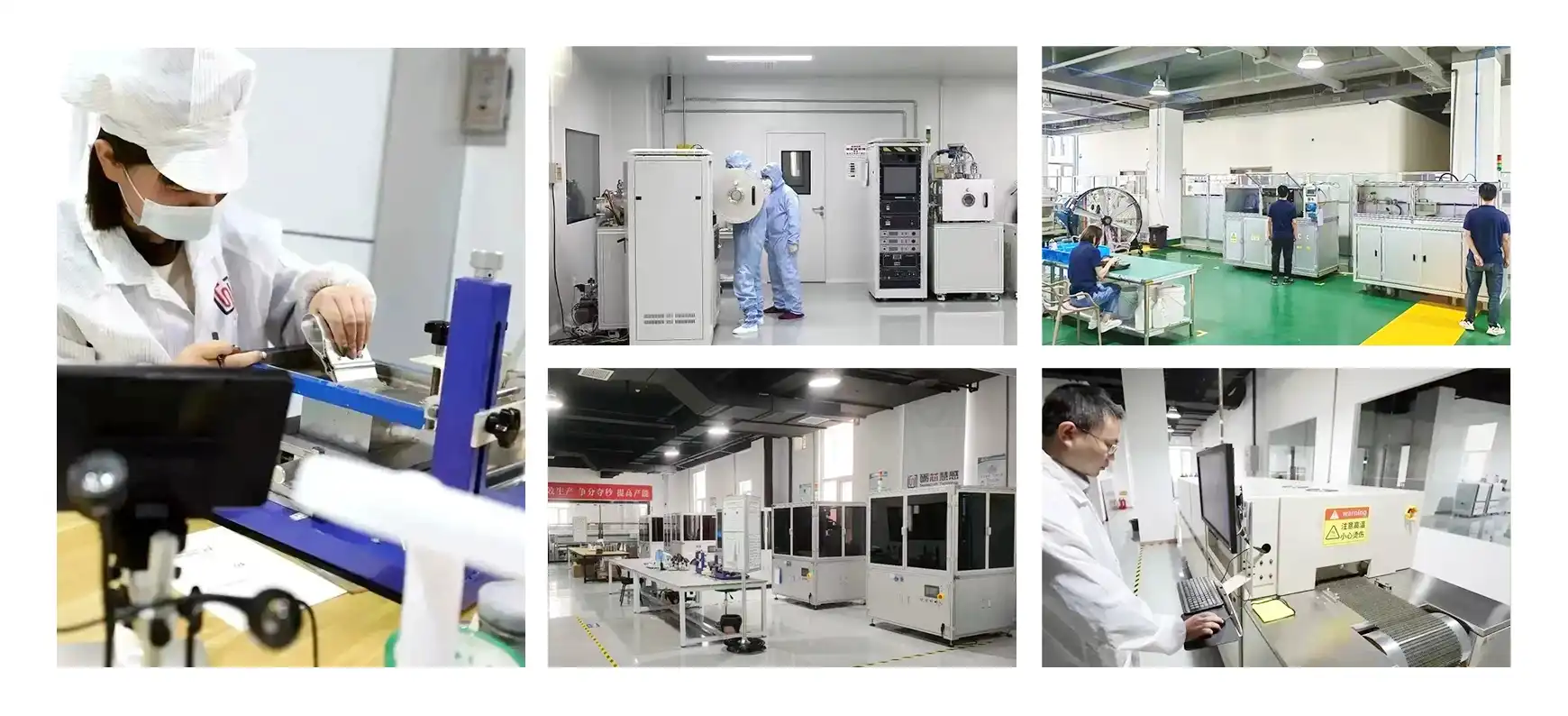
Design and Construction of Ultra-Thin Flexible Sensors
Ultra-thin adaptable temperature sensors are ordinarily developed utilizing progressed thin-film statement procedures. The detecting component, frequently a platinum resistor or a thermistor fabric, is stored on an adaptable substrate such as polyimide or polyethylene terephthalate (PET). This construction allows the sensor to be as thin as a few micrometers while maintaining excellent temperature sensitivity and accuracy.
Advantages of Ultra-Thin Flexible Temperature Sensors
The special properties of ultra-thin adaptable temperature sensors offer a few focal points over conventional unbending sensors:
- Conformability: These sensors can easily adapt to curved or irregular surfaces, ensuring better thermal contact and more accurate readings.
- Minimal thermal mass: Due to their ultra-thin profile, these sensors have very low thermal mass, resulting in faster response times.
- Improved spatial resolution: The flexibility allows for dense arrays of sensors to be placed in compact spaces, providing detailed temperature mapping.
- Non-invasive measurements: In medical applications, these sensors can conform to the skin surface, enabling comfortable and accurate body temperature monitoring.
Applications of Ultra-Thin Flexible Temperature Sensors
The versatility of ultra-thin flexible temperature sensors has led to their adoption in various fields:
- Wearable innovation: These sensors are perfect for integration into keen clothing and wellness trackers for nonstop body temperature checking.
- Medical diagnostics: Flexible sensors can be used for non-invasive temperature measurements in wound healing monitoring and early detection of infections.
- Industrial processes: In manufacturing, these sensors can be applied to complex machinery parts for real-time temperature monitoring without interfering with operations.
- Aerospace: Ultra-thin sensors can be integrated into aircraft components for structural health monitoring and thermal management.
Future Trends and Innovations in Temperature Sensing Technology
The field of temperature detecting is ceaselessly advancing, with unused advances and applications rising routinely. Several trends are shaping the future of temperature sensors, particularly in the realm of ultra-thin flexible devices.
Integration with Internet of Things (IoT)
The integration of ultra-thin adaptable temperature sensors with IoT stages is empowering real-time observing and information analytics over different businesses. This combination allows for predictive maintenance in industrial settings, smart home temperature control, and advanced healthcare monitoring systems. As IoT technology advances, we can expect to see more sophisticated and interconnected temperature sensing solutions.
Advancements in Materials Science
Research in materials science is driving the development of new sensing materials and substrates for ultra-thin flexible temperature sensors. Novel materials such as graphene and other 2D materials show promise for creating even thinner, more sensitive, and more durable sensors. These advancements could lead to sensors with improved accuracy, wider temperature ranges, and enhanced flexibility.
Biodegradable and Eco-Friendly Sensors
As natural concerns develop, there is expanding intrigued in creating biodegradable temperature sensors. These eco-friendly sensors might be utilized in applications such as agribusiness and natural observing, where the sensors can securely break down after utilize without hurting the environment. This slant adjusts with the broader thrust towards maintainable innovation in different businesses.
Multifunctional Sensing Platforms
The future of temperature detecting lies in multifunctional stages that can degree different parameters at the same time. Ultra-thin adaptable sensors are being created to distinguish not as it were temperature but too stickiness, weight, and chemical composition. These integrated sensing platforms will provide more comprehensive data in fields such as healthcare, environmental monitoring, and industrial process control.

Conclusion
The world of temperature sensors is diverse and continually evolving. From traditional thermocouples to cutting-edge ultra-thin flexible sensors, the options available cater to a wide range of applications and requirements. The advancements in ultra-thin flexible temperature sensors, in particular, are opening up new possibilities in various fields, promising more accurate, versatile, and non-invasive temperature monitoring solutions. As technology continues to progress, we can expect even more innovative developments in temperature sensing, further enhancing our ability to measure and control thermal conditions across industries. For more information on state-of-the-art temperature sensing solutions, including ultra-thin flexible sensors, please contact us at sales11@xatzd.com.
